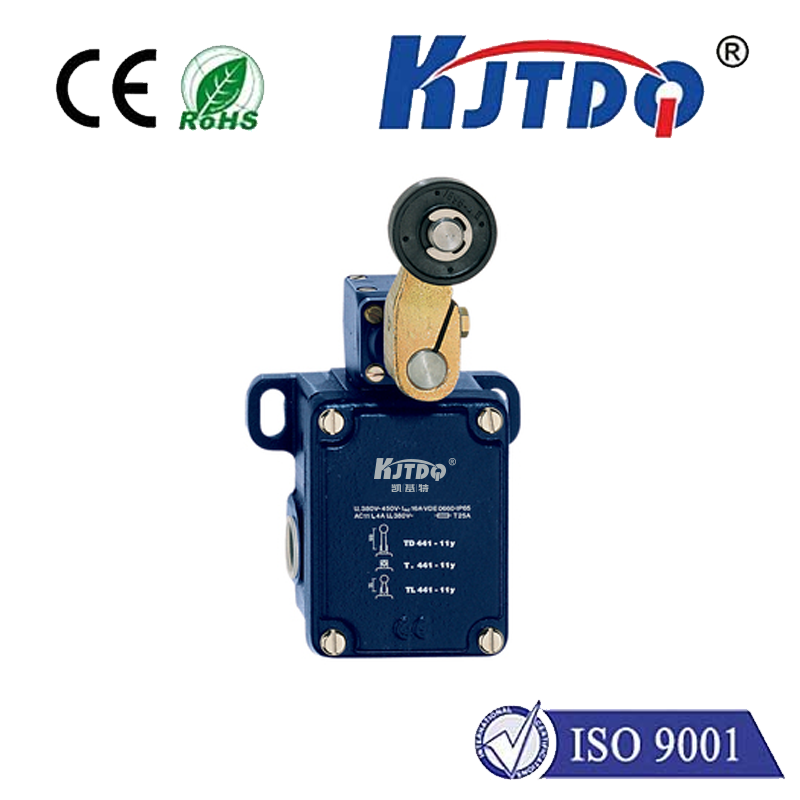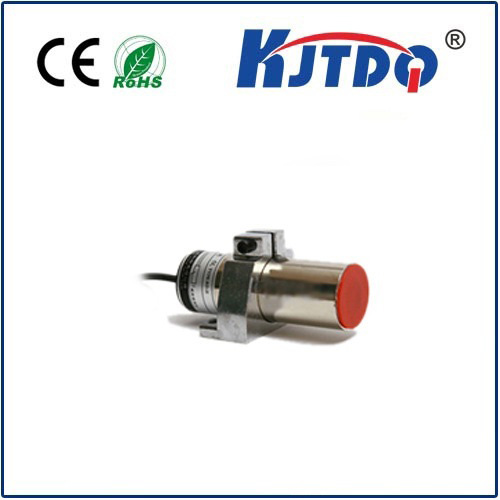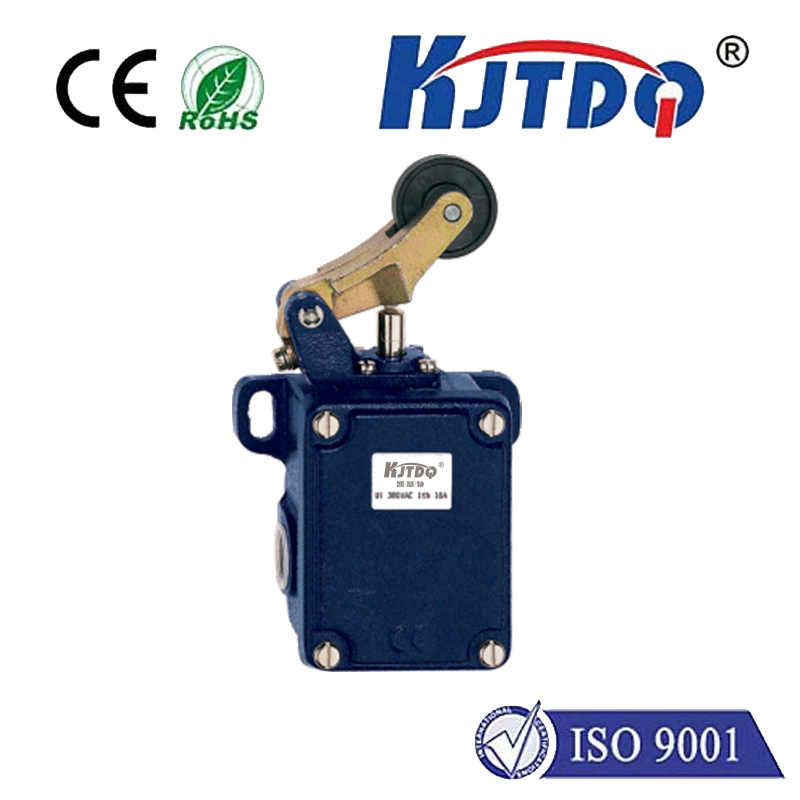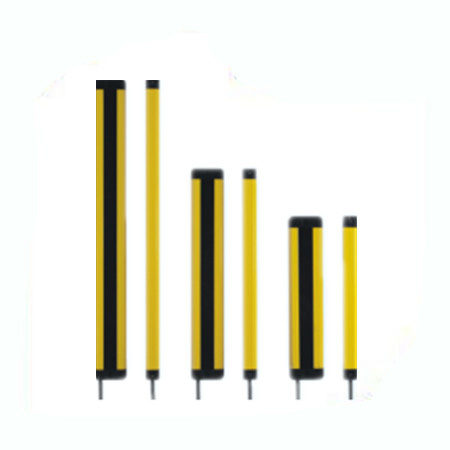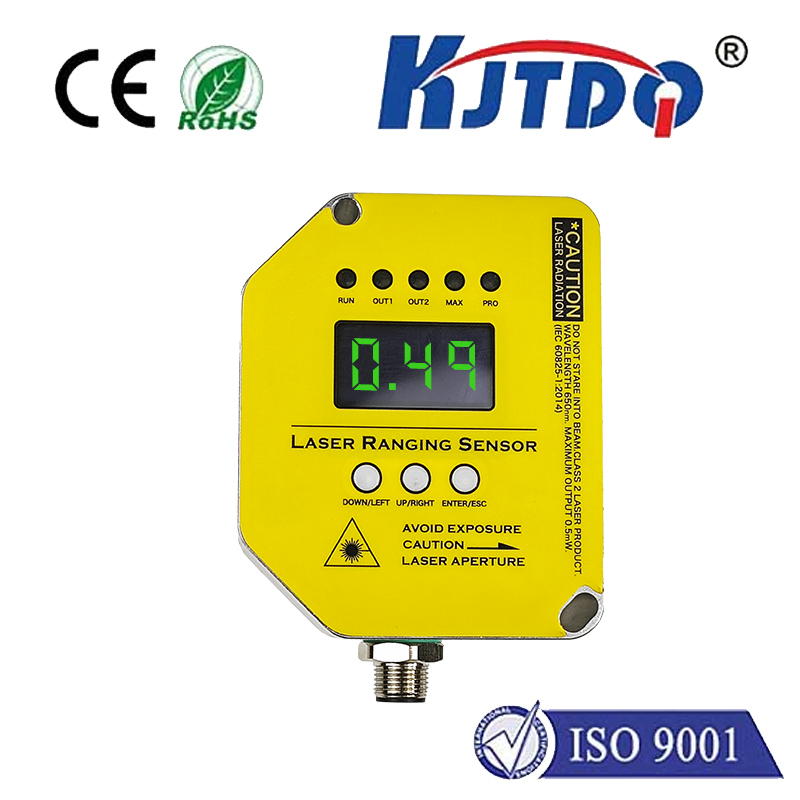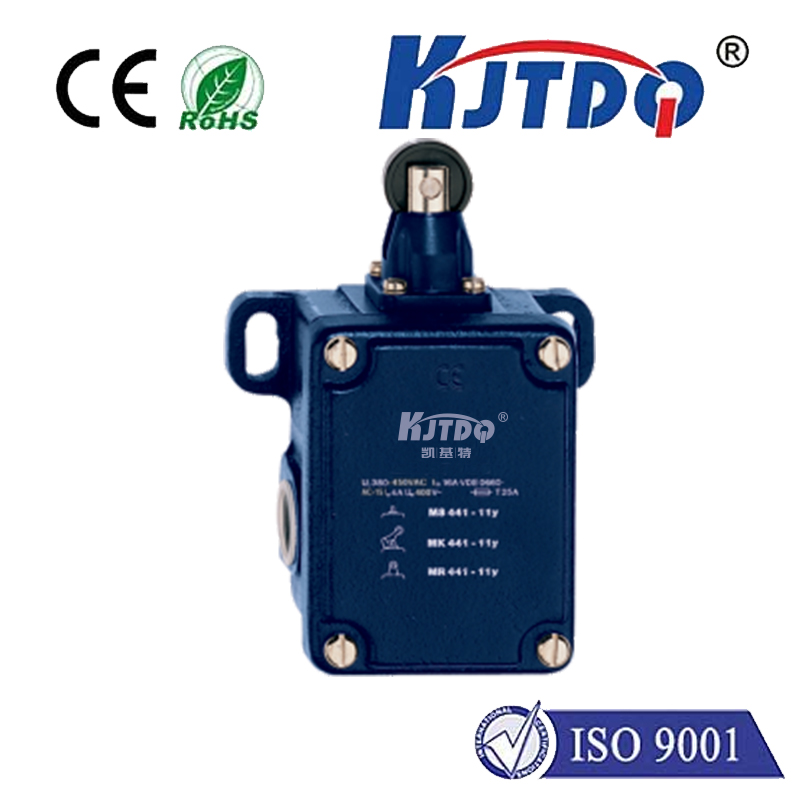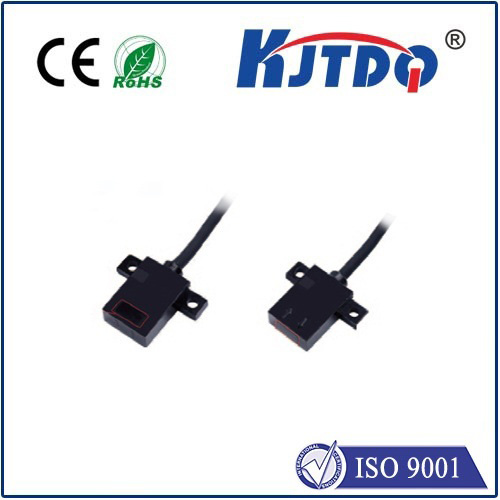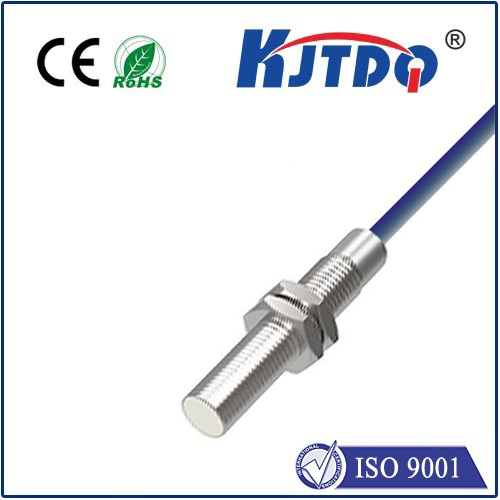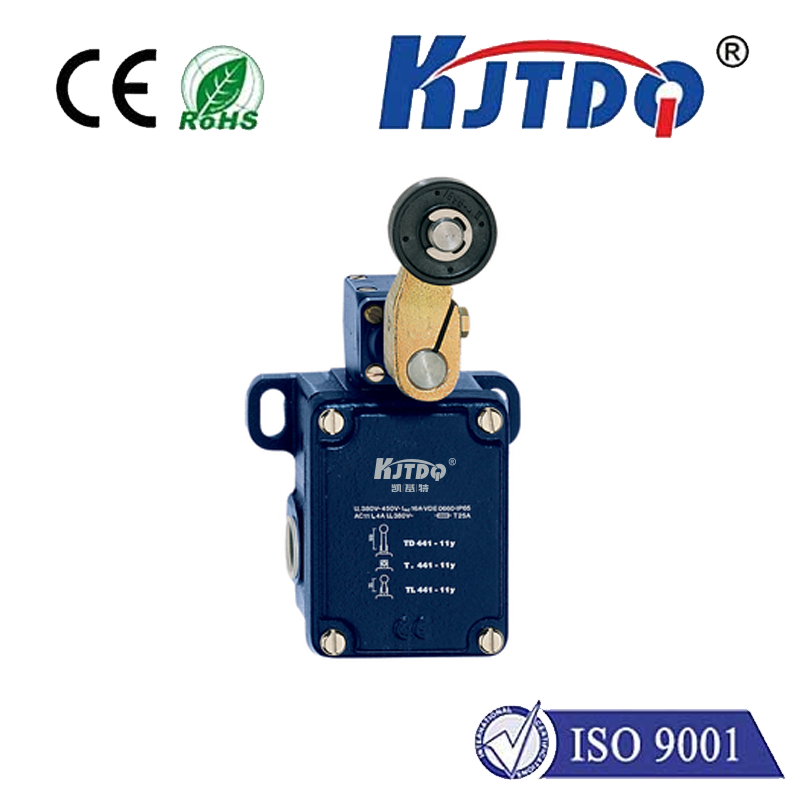

check

check

check

check

check

check

check

check

check

check
Title: Understanding Stop Limit Switches in Electrical Circuits
In the world of electrical circuits, every component plays a vital role in ensuring the smooth functioning of devices. One such component is the stop limit switch, which is essential for safety and protection. In this article, we will explore the basics of stop limit switches, their functions, and how they work.
Stop Limit Switches: Definition and Functions
A stop limit switch is a type of protective device that is used to prevent the over-torqueing or over-speeding of mechanical systems. It is commonly found in industrial machinery, automobiles, and other equipment that requires constant monitoring for safety reasons. The primary function of a stop limit switch is to provide a quick and efficient way to stop the operation of a machine in case of an emergency or when there is a problem with the system.
Types of Stop Limit Switches
There are two main types of stop limit switches: pilot and reset. Pilot stop limit switches are designed to operate automatically when the system reaches a certain speed or torque level. Once the predetermined limit is reached, the switch contacts the circuit to interrupt the current flow. On the other hand, reset stop limit switches require manual intervention to activate the mechanism. When triggered, these switches immediately cut off the power supply to the equipment.
Working Principles of Stop Limit Switches
The working principle of a stop limit switch involves the use of sensors and actuators. The sensor detects the current or speed of the machine, while the actuator controls the opening and closing of the switch contacts. When the sensor detects that the machine has reached its maximum safe speed or torque level, it sends a signal to the control unit. The control unit then activates the actuator, which opens the switch contact and interrupts the current flow to the machine.
Advantages and Applications of Stop Limit Switches
The use of stop limit switches offers several advantages, including improved safety and efficiency in industrial settings. By preventing accidents caused by over-torqueing or over-speeding of machines, these switches can save lives and prevent damage to equipment. Additionally, they help to optimize energy consumption by reducing unnecessary wear and tear on mechanical components. Some of the most common applications of stop limit switches include cranes, conveyor systems, hydraulic pumps, and power generators.
Conclusion
In summary, stop limit switches are crucial components in safeguarding against accidents and improving the efficiency of electrical circuits. Their working principles involve the use of sensors and actuators to detect and interrupt current flow when necessary. By understanding how these devices work, we can appreciate their importance in ensuring safe and reliable operations in various industries.
